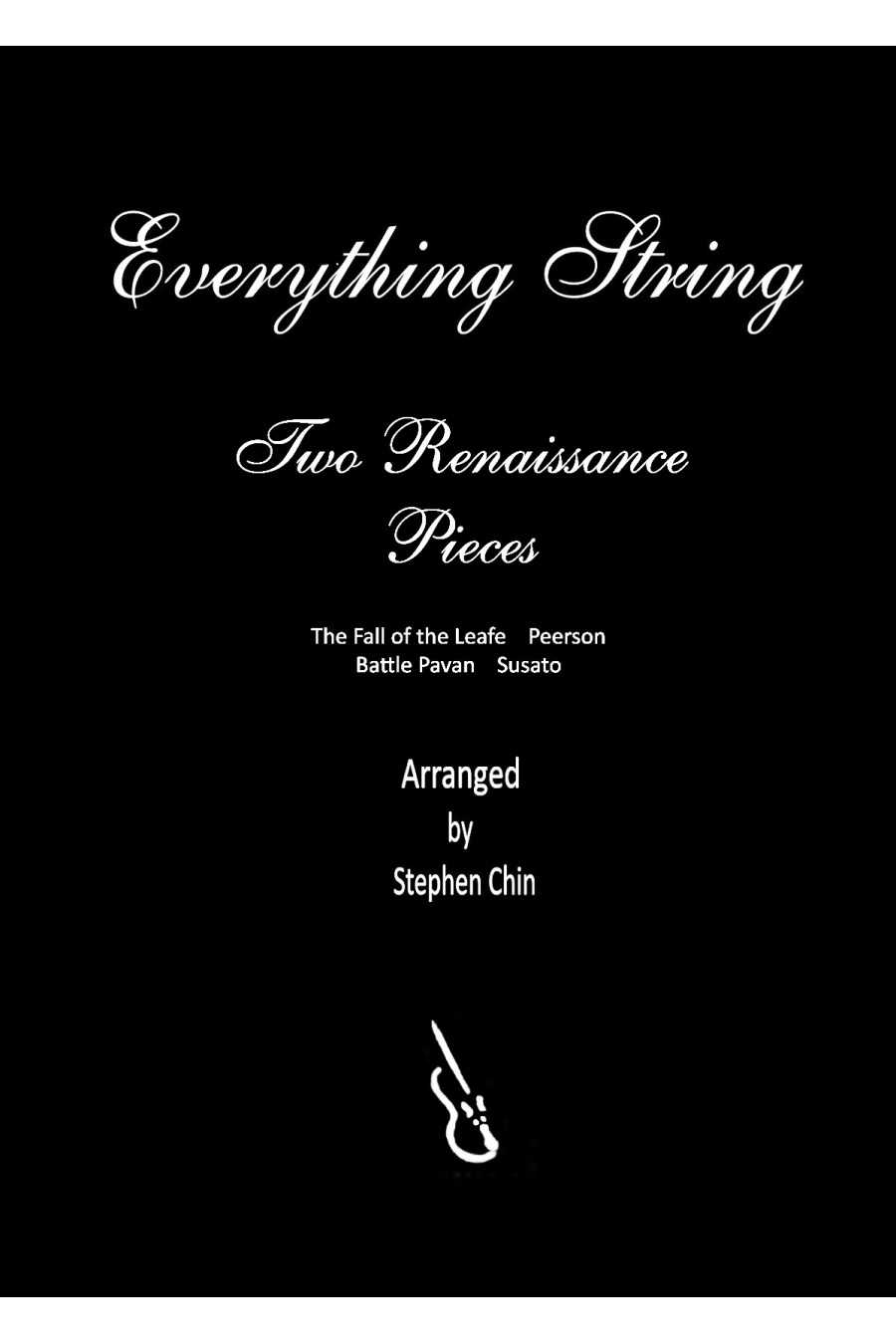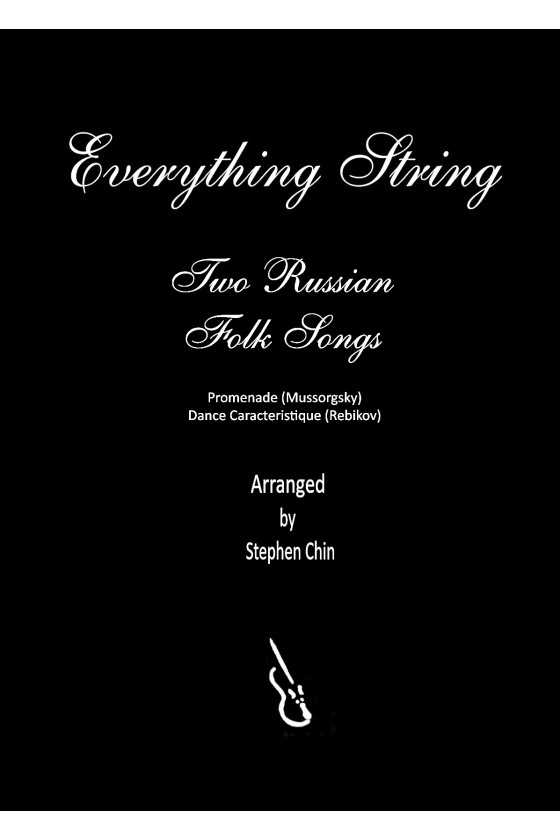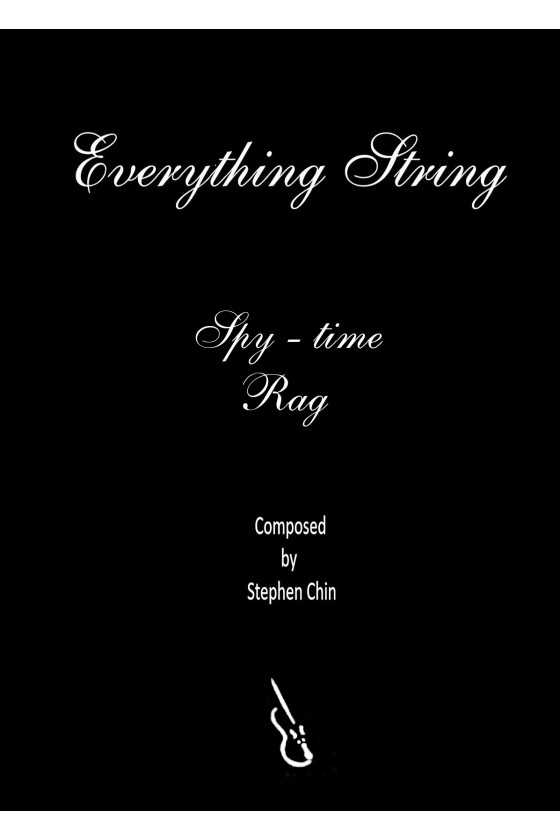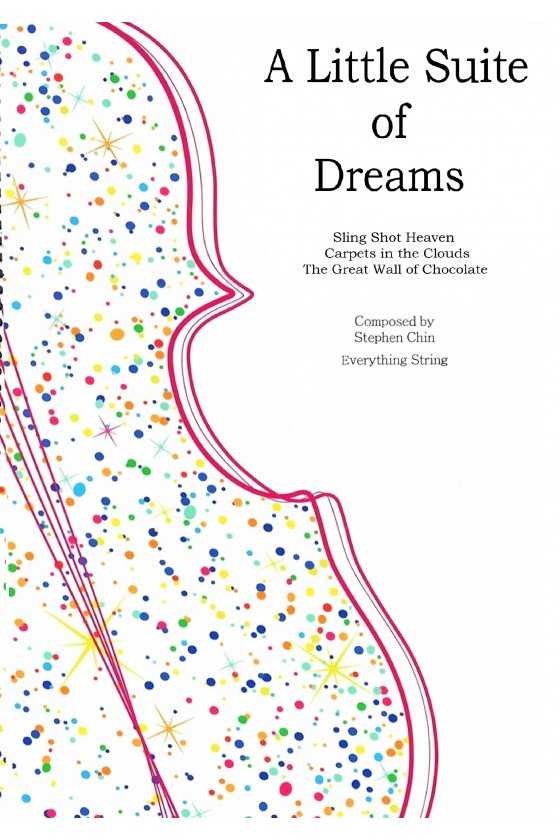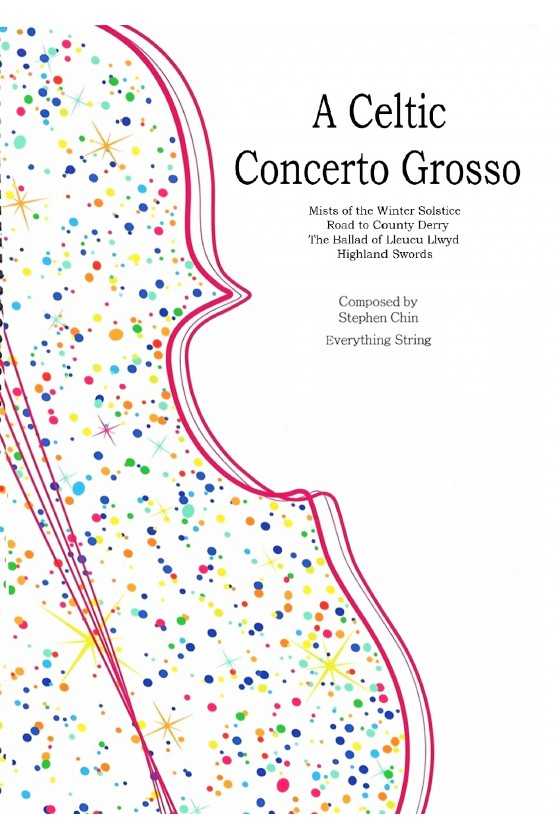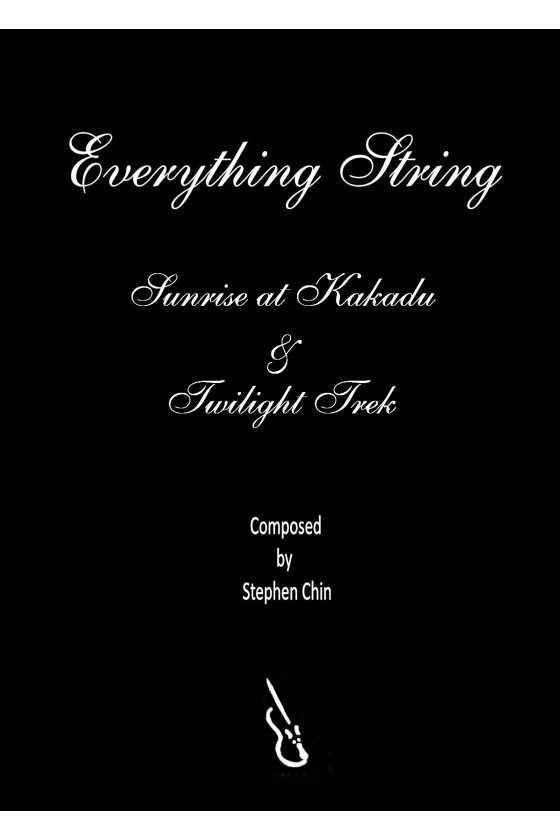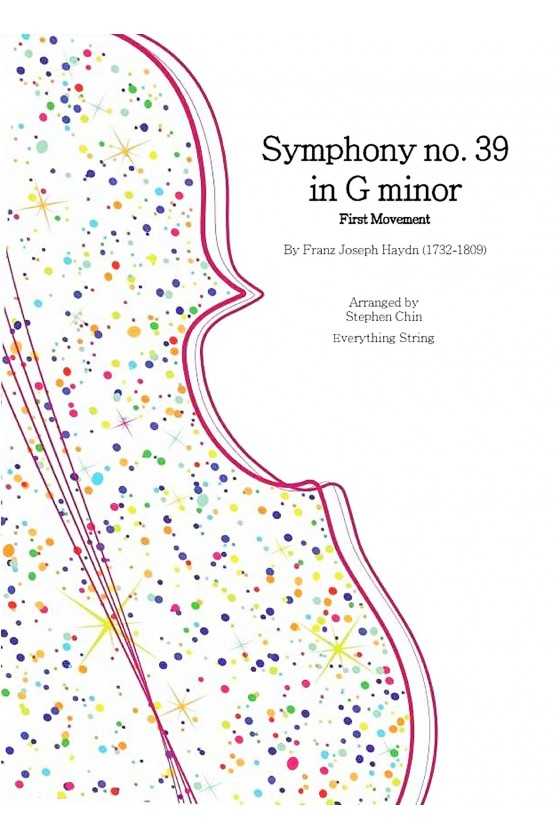Two Renaissance Pieces By Stephen Chin
Martin Peerson (1571-1650), a renowned English composer, created a beautiful piece of music called "The Fall of the Leafe." Originally composed for a virginal, softer version of the harpsichord, the piece is known for its descending notes that evoke the wistful feeling of a beautiful autumn day.
Another notable piece of music is the "Battle Pavan" by a prolific composer, Susato (1500-1563). This piece was often performed as part of an evening's entertainment at various courts in the Netherlands. The arrangement features a call-and-response style between the sections, adding to the lively and engaging nature of the performance.
1. The Fall of the Leafe
2. Battle Pavan
For String Orchestra Grade 2.5
